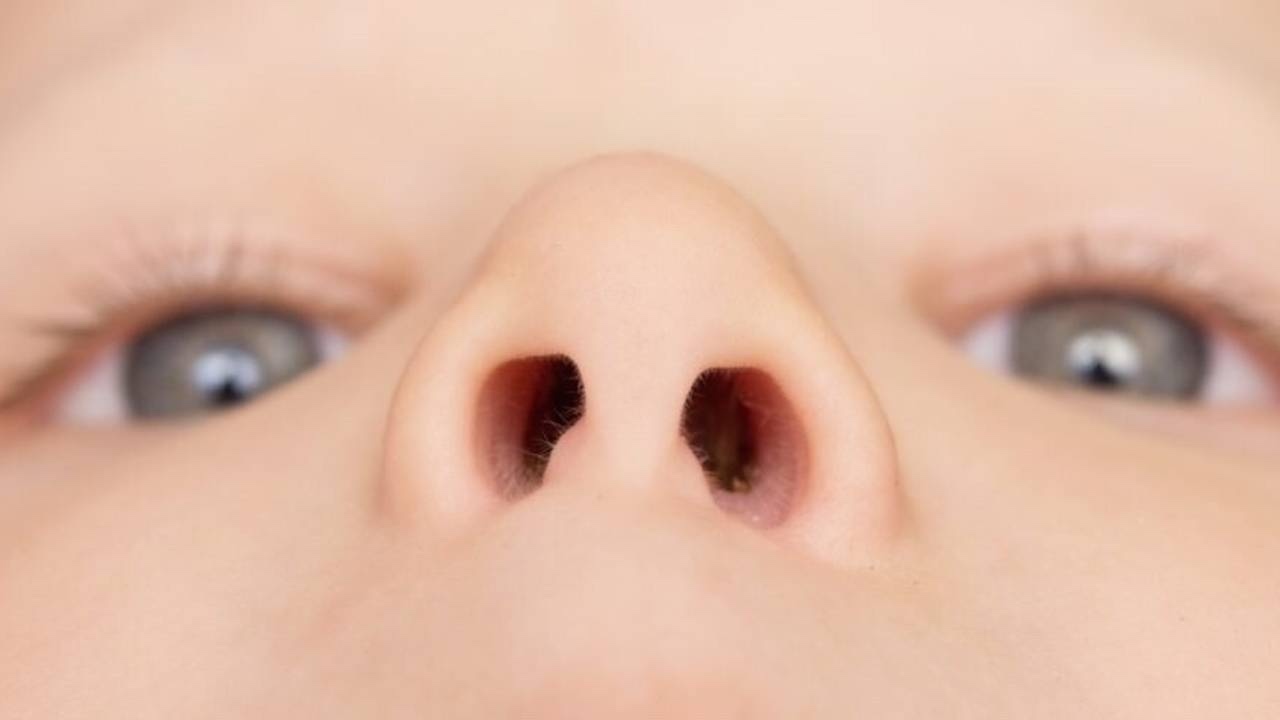The Nasal Cycle and Brain-Body Function (part 2)
Oct 30, 2021
Every 2 1/2 hours – almost magically – the volume of air running through the nasal cavity shifts with air volume decreasing on one side and increasing on the other. In accord with this change, the stimulation to and activity of the brain decreases on one side and increases on the other.
The effect crosses over – is contralateral – and as the right nostril takes in more air than the left nostril, the left side of the brain receives more stimulation and is more active. Simultaneously, the left nostril will be taking in less air and the right side of the brain will be getting less stimulation and be less active.
Now, we will cover how this effects the brain and it’s functions.
Neural oscillation
Activity of every neuron is electrical in nature and the simultaneous activity of groups of nerves in the brain results in neural oscillations that can be measured by EEG.
So, EEG measures these oscillations and the relationships between brain states and mental and physical activity. Measured brain neural oscillations are called brainwaves.
Brainwave frequency patterns & brain states
Delta – up to 4 hz – slow, high amplitude wave most concentrated in the frontal (conscious) area of the brain (frontal intermittent rhythmic delta); may be related to contemplation
Theta – 4-7hz – associated with elaxed, meditative, and creative states
Alpha – 7-14hz – shows up when relaxed with eyes closed
Beta – 15-30hz – associated with active thinking and concentration; higher range frequencies in Beta are associated with anxiety
Gamma – 30-100hz – this wave pattern appears with intense demand on both cognitive and motor functions simultaneously
Body-neural oscillations & body-mind states
Brain waves and their associated brain states are influenced by sight, sound, smell and touch. Also, brainwaves tend to synchronize to the frequency of these external stimuli, a phenomenon called entrainment.
Ultimately, all these external stimuli influence neural oscillations/brain waves and regulate brain activities that effect a mental and body functions.
Body-limbic oscillation
The part of the brain particularly important for this conversation is the limbic system. The limbic system (paleomammalian cortex) regulates brain functions including emotion, behavior, motivation, long-term memory, and olfaction and virtually every body function through control of the pituitary and the autonomic nervous system.
All sensory stimuli end up in the limbic system and have influence, but our focus in this conversation is the influence of nasal cycle, brain-body functions and your health.
Olfactory-limbic oscillation
The sensory stimuli triggered by air rushing across mucous membranes and the olfactory – smell sensing – nerves in the nasal cavity are projected to a part of the brain called the limbic system. This sensory stimulus to the limbic system results in olfactory-limbic oscillation and coordination of the various limbic areas and functions.1
Is this important?
Stimulating nerves in the nasal cavity results in improved EEG patterns in the limbic system and increases heart rate variability, a measure of how well the nervous system regulates and coordinates body function, resilience and well being.2,3
Moreover, olfactory-limbic oscillation modulates a part of the limbic system called the hippocampus that regulates emotion and fear responses.4 It also regulates areas of the limbic system that link and coordinate with higher conscious cortical functions.5 These processes relate directly to our awareness, focus, memory, mood and executive functions – discipline, impulse control and problem solving.
Rhythmic lateralizing of brain activity and the autonomic nervous system appears essential for regulating the rhythmic cycles of hormones, REM and non-REM sleep, neurotransmitters and other processes. Absence of this cyclical lateralization causes chronic stress, dysfunction and illness and one-sided forced nostril breathing may be a means to improve brain and body function.6
But, enough for now. Part three will teach you how to use what we know about the nasal cycle to dramatically improve your health.
References
1 Tsanov, M., Chah, E., Reilly, R. & O’Mara, S.M., 2014, Respiratory cycle entrainment of septal neurons mediates the fast coupling of sniffing rate and hippocampal theta rhythm, The European journal of neuroscience, 39(6), pp. 957-74.
2 Zelano, C., Jiang, H., Zhou, G., Arora, N., Schuele, S., Rosenow, J. & Gottfried, J.A., 2016, Nasal Respiration Entrains Human Limbic Oscillations and Modulates Cognitive Function, The Journal of neuroscience : the official journal of the Society for Neuroscience, 36(49), pp. 12448-67.
3 Li, T.Q., Wang, Y., Hallin, R. & Juto, J.E., 2016, Resting-state fMRI study of acute migraine treatment with kinetic oscillation stimulation in nasal cavity, NeuroImage. Clinical, 12, pp. 451-9.
4 Yanovsky, Y., Ciatipis, M., Draguhn, A., Tort, A.B. & Brankačk, J., 2014, Slow oscillations in the mouse hippocampus entrained by nasal respiration, The Journal of neuroscience : the official journal of the Society for Neuroscience, 34(17), pp. 5949-64.
5 Heck, D.H., McAfee, S.S., Liu, Y., Babajani-Feremi, A., Rezaie, R., Freeman, W.J., Wheless, J.W., Papanicolaou, A.C., Ruszinkó, M., Sokolov, Y. & Kozma, R., 2016, Breathing as a Fundamental Rhythm of Brain Function, Frontiers in neural circuits, 10, p. 115.
6 Shannahoff-Khalsa, D., 1991, Lateralized rhythms of the central and autonomic nervous systems, International journal of psychophysiology : official journal of the International Organization of Psychophysiology, 11(3), pp. 225-51.
Dr. Force's weekly healthletter shares health related links and articles, new blog posts, inspiring quotes, and some other things just for fun.
We hate SPAM. We will never sell your information, for any reason.
